If you’re thinking about raising Cinnamon Queen Chickens, then you should know a few aspects about them first. To make sure you introduce them to the rest of your flock safely and successfully, here are a few facts about them.
Origin
The Cinnamon Queen Chicken is a relatively new face to the chicken world. It was bred in the modern age of farming. Breeders wanted to make a chicken that would be hardy, have a fast body-growth phase, and lay a lot of eggs.
They were successful in their attempt when they bred the Cinnamon Queen Chicken. Not only do they grow quickly, but they also lay a lot of brown eggs that are quite large. One of the greatest aspects of the chicken is that it starts to lay eggs at a young age.
Compared to other chicken breeds, the Cinnamon Queen Chicken is one of the few breeds that lay eggs at a younger age. Once they reach maturity, they can typically lay around 250-300 eggs annually.
[amazon bestseller=”chicken worms”]
Appearance
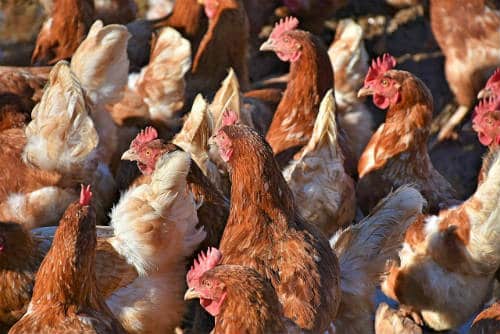
The Cinnamon Queen Chicken can be easily sexed by its colors alone. The males are always white. The females, on the other hand, are a lovely shade of brown and red. When the second generation is born, however, they are no longer able to be sexed by color.
Both males and females will come in various colors.
Because it’s a cross between a Rhode Island Red male and a Rhode Island White female, you’ll notice a lot of the same coloring in the crossbreed. It’s also why the Cinnamon Queen Chicken is a hardy bird. It does well during the winter and offers a lot of meat. Yet it also produces a lot of eggs, which makes this breed dual-purposed.
When it comes to leg color, you’ll find that the legs are usually yellow. Some do come with a slight tint of green as well.
In adult hens, their plumage ranges from brownish shades to white. This offers the cinnamon color that the chicken is known for. As for the roosters, their plumage will vary from stark white to white that’s mixed with some brown and red.
[amazon bestseller=”chicken water heater”]
Temperament
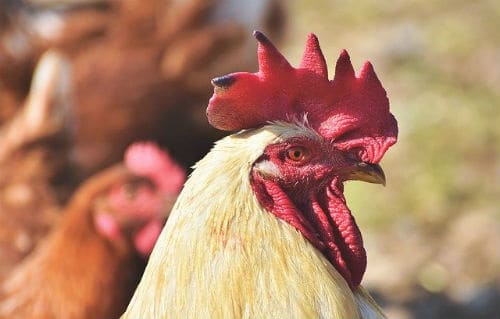
For first-time chicken owners and those who are worried about how the Cinnamon Queen Chicken will do with their other chickens, you can rest easy. The Cinnamon Queen Chicken is known for its sweet and docile temperament. Owners typically state that the Cinnamon Queen Chicken is the sweetest of their entire flock.
They should integrate well with your other chickens. Just don’t be surprised if they come looking for you to receive some affection.
Because of its sweet nature, you also don’t need to worry about having them on your farm if you have smaller children. Unless your child does something to harm or threaten them, the chickens should treat your children gently.
Pedigree and Health
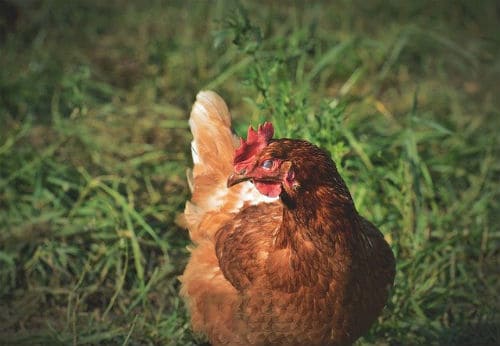
For those who like to show their chickens, you should know that the Cinnamon Queen Chicken does not have an APA class. This is because they’re not recognized since they’re a hybrid chicken.
However, you may still be able to find poultry competitions that will accept Cinnamon Queen Chickens. These are typically local competitions, however, instead of national or international competitions.
By and large, the Cinnamon Queen Chicken is best used for laying eggs, for providing meat, and for being a fun farm animal for its family.
In terms of health, Cinnamon Queen Chickens are considered hardy. This is likely due to their hybrid nature. Like most hybrids, the different genes help ward off genetic diseases and tendencies towards developing a certain kind of disease or condition.
However, because they do lay a lot of eggs, you may run the risk of having reproductive tract problems with your chickens. If they are pushed to lay a lot of eggs rather than just letting them lay them naturally, then you can cause your chicken a lot of harm.
They could develop cancer in their reproductory tract as well as infections. They might also develop kidney problems.
Yet if they’re left to lay eggs at their own rate, then you typically enjoy a long life for a chicken with them.
Like most egg-laying chickens, they might also have a tendency to suffer from egg binding. Should this occur, you can attempt to carefully remove the egg, or have a vet do it for you. To prevent it from occurring again, you should make sure that your chicken receives a lot of calcium.
To further increase the health of your Cinnamon Queen Chicken, you might want to consider vaccinating them. This is even more important if you intend to own more than one. Disease can travel quickly through chickens of the same breed.
Finally, they can do well in almost any climate. Because they’re hardy, they can do well in colder climates and during the winter. They also do well in confinement if you need to house them in a small coop with other chickens.
How to Integrate Your Cinnamon Queen Chicken Into Your Current Flock
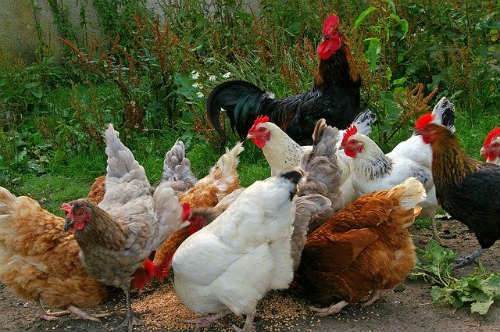
When it comes to integrating your Cinnamon Queen Chicken into the rest of your flock, you might be understandably worried. All chickens establish a pecking order. This is the order in which they’re allowed to eat. If you have chickens that are territorial, your brand new Cinnamon Queen Chickens may not be allowed to eat at all.
To help your chickens get along, proper integration is key. Because the Cinnamon Queen Chickens are docile, the problems typically shouldn’t come from them. If you have other chickens that are considered docile, then you might have an easy time of it.
However, if your chickens aren’t docile, then you might want to consider some of these tips. First, you should understand the pecking order as it stands currently. If you have a rooster, then he is likely at the top of the pecking order.
Older chickens have a difficult time establishing a new pecking order because they’re used to their spot and place within the order. They might push the younger chickens to the bottom of the order.
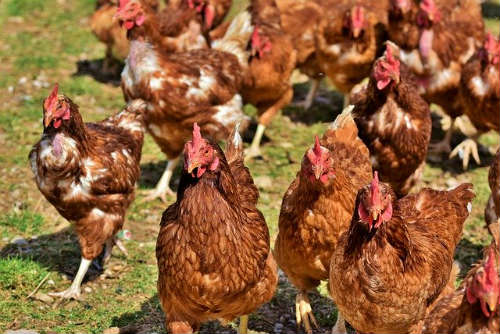
If you bought your Cinnamon Queen Chickens young, then you need to consider their age. It’s typically a good idea to introduce them into the flock around 18 weeks of age. If you have extremely aggressive chickens, it’s not unknown for them to kill young birds that range around eight weeks of age.
You can attempt to integrate younger birds into the flock if you wish, but you should understand the level of aggression with your hens before you do. If they’re extremely aggressive, then you might want to wait even longer for your Cinnamon Queen Chickens to grow older.
The next step is to separate the bullies. There is often a bully among any flock. Cage them, so they don’t harass the new birds from feeding. However, don’t separate them entirely. They should be kept in a cage that allows them to see the young chickens entering the rest of the flock.
[amazon bestseller=”chicken waterer heater for winter”]
This allows the bullies to see them and understand the new pecking order. After a few days, you can release the bullies to see how they handle the new birds. With any luck, the bullies will be happy to be out of their cage. They won’t mind the new additions.
Another technique is to place the new chickens in the roost at night. When the old hens wake up, the new chickens will already be there. They might not realize that they weren’t there before.
One last technique is to keep them separated but within view of one another. Over the course of a few weeks, they’ll grow accustomed to seeing each other. Eventually, you can remove the barrier and allow them to flock together. With luck, they’ll already be used to each other.


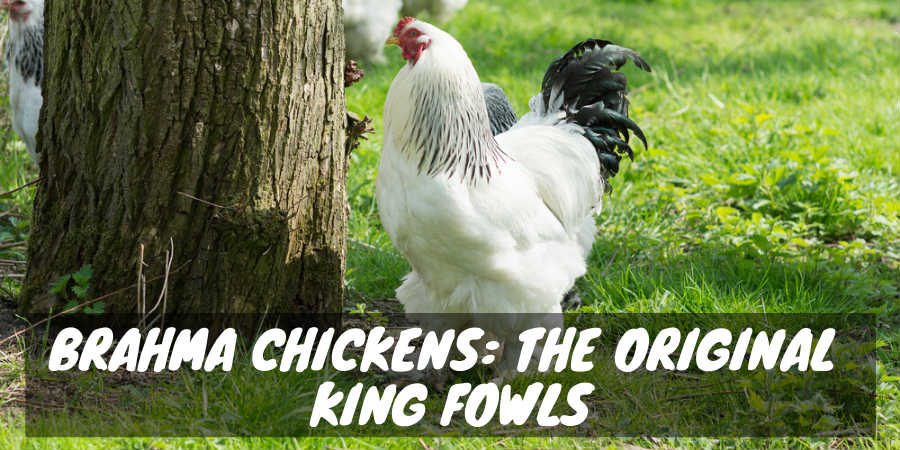

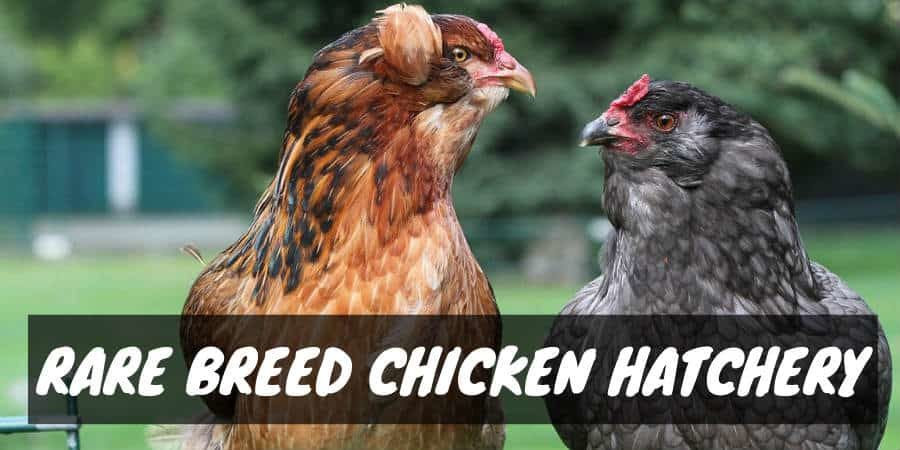
This is very handy.
Why would the cinnamon loose their feathers on there …
The secret of success is to stick to your own goals and beliefs
❤️
purchased May 1st at a rural King local to us. Today is the 29th of August. It’s only been two or three days when they became most vocal and less skittish and aggressive. I went out and found the first egg, not in the egg box, but in our protected 10 by 10 run. Always a clean Coop, plenty of feed in freshwater. The egg was smallish but very hard-shelled and dark brown. I’ll keep you posted. Before that, they were not as docile and friendly as our other previous breeds such as golden comets!. Nonetheless they are a large meaty looking bird and promised to lay several eggs per day. Fresh water always! Once a week with apple cider vinegar and a tablespoon of chicken electrolytes.
Are you still getting small eggs. We are new to this and our situation sounds identical to yours. We just found our first egg two days ago. Thought they would be larger.
Mine have started to lay. But they are all brown small eggs. Will they start laying larger eggs???
I am having trouble knowing if this is a hen or rooster. She is suppose to be a hen but I am a new chicken mom. Could someone help me please that knows chickens well.
I appreciate knowing the Cinnamon Queens history and variety of colors. I lost one of my first 3 queens shortly after getting 6 new ones in May. They are very hardy and very friendly! Looking forward to their first tiny eggs! My older two are getting to the stage where they don’t produce much, but there is always one egg a day out there from the remaining two! Love these birds. Thank you for the helpful information!
We have some young Cinnamon Queens and love them, but we have one problem with them. Because we have a couple goats and one lamb, we have a Pyreness dog in his own large pen to keep wildlife (coyotes, bobcats, hawks, etc. from getting near the farm animals). Only our Cinnamon Queen chickens fly over into his pen and of course, he will kill them. Is it natural for these chickens to be fearless?
Clip their wings!!!!!!!
I recently gave all my three year old varieties away and went with purchasing just 14 cinnamon queens on the advice of a wonderful lady who has had chickens for along time. The cinnamon queens are pullets and just laying. This article was very informative to explaining the characteristics and disposition of this breed. I am excited to have a smaller flock knowing I should get about a dozen eggs each day.
Can you hatch eggs off cinnamon queen hens and other breed of rooster
I was looking through this but could not find anything about how long they live so does anyone know there general life-span?
We recently purchased 10 Cinnamon Queens. We never had chickens before moving here to Alabama. How fast do they grow and when will we see eggs?
How do you provide calcium to chickens?
Hey Jake,
One of the easiest ways is to crush their eggs shells up and give it back to them in their food or add some oyster shells in a dish (we hang ours from the wall of the coop) the oyster shells provide calcium and they only eat when they need it. Picture it like the chicken version of a salt lick.
Hope that helps.